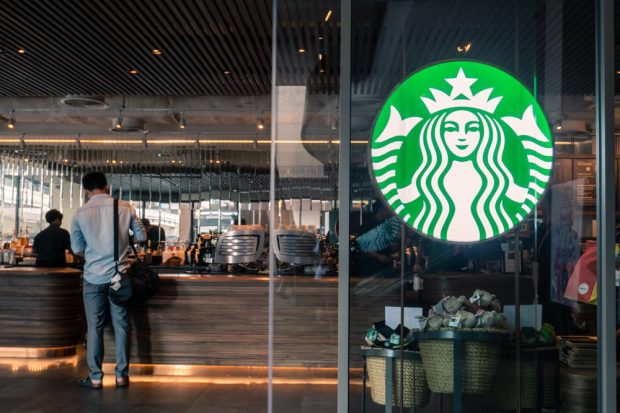Starbucks’ DoorDash Expansion Showcases Necessity of Omnichannel Availability for QSRs

Starbucks’ DoorDash partnership, which came after years of the coffeehouse chain holding out, is expanding.
The quick-service restaurant (QSR) giant first announced its deal with the aggregator in September as part of the chain’s reinvention plan after years of Starbucks’ notable absence from the country’s popular delivery marketplace. Now, the partnership is going live in several additional markets, adding to the six cities in which it is already active.
“As customer behaviors evolve, we continue to innovate the Starbucks Experience to connect with them through meaningful and valuable digital experiences. Our partnership with DoorDash allows us to provide our customers with another convenient way to enjoy Starbucks wherever they are,” said Brooke O’Berry, Starbucks senior vice president of digital experiences, in a statement, adding that the delivery channel marks “a significant growth opportunity” for the brand.
The coffeehouse chain has been available on other delivery marketplaces before, but most of its digital business comes from its first-party ordering channels. In July 2019, the chain announced a partnership with the United States’ second-most popular aggregator, Uber Eats, listing the company as the QSR’s “preferred delivery provider.” In 2015, the coffeehouse brand partnered with Postmates, now owned by Uber.
The move suggests that exclusive partnerships with delivery providers may not make sense anymore for major QSR brands as demand for on-demand options grows across the industry. Indeed, Starbucks felt the limitations of this single-aggregator dependence last year when a COVID-19 spike put labor pressure on the delivery industry.
“We experienced a rapid increase in supply chain costs related to distribution and transportation as our third-party delivery providers had Omicron-related staffing shortages, impacting their ability to fulfill a portion of our distribution needs,” then-CEO Kevin Johnson told analysts on a call. “This required us to greatly increase the use of much more expensive spot market and alternative delivery solutions in order to meet strong customer demand.”
Of course, there are drawbacks to making it easier for consumers to order via a third party. For Starbucks, which already has extraordinary demand for its products, limiting aggregator availability could encourage direct digital orders via the brand’s app and website, enabling the restaurant to retain the entirety of the sales revenue and to own the customer data. Yet it seems that, given the extent of aggregators’ loyal customer bases, it no longer makes sense even for a well-established chain like Starbucks to hold out.
Research from PYMNTS’ study last year, “The ConnectedEconomy™ Monthly Report: The Rise of the Smart Home,” which drew from a survey of more than 2,600 U.S. consumers, found that 43% order food for same-day delivery from aggregators every month. Plus, more than half of those aggregator customers make purchases once a week or more.
This kind of omnichannel availability can also help restaurants retain sales in the face of trade-down to food-at-home options amid inflation.
“Customer expectations continue to increase in terms of convenience and speed,” Rick Stanbridge, executive vice president and chief information officer of Marco’s Pizza, a QSR brand with more than 1,000 stores across the country, told PYMNTS in an interview. “So, [we’re] prioritizing technologies that create a better frictionless customer experience [while] helping to improve store-level profitability.”
